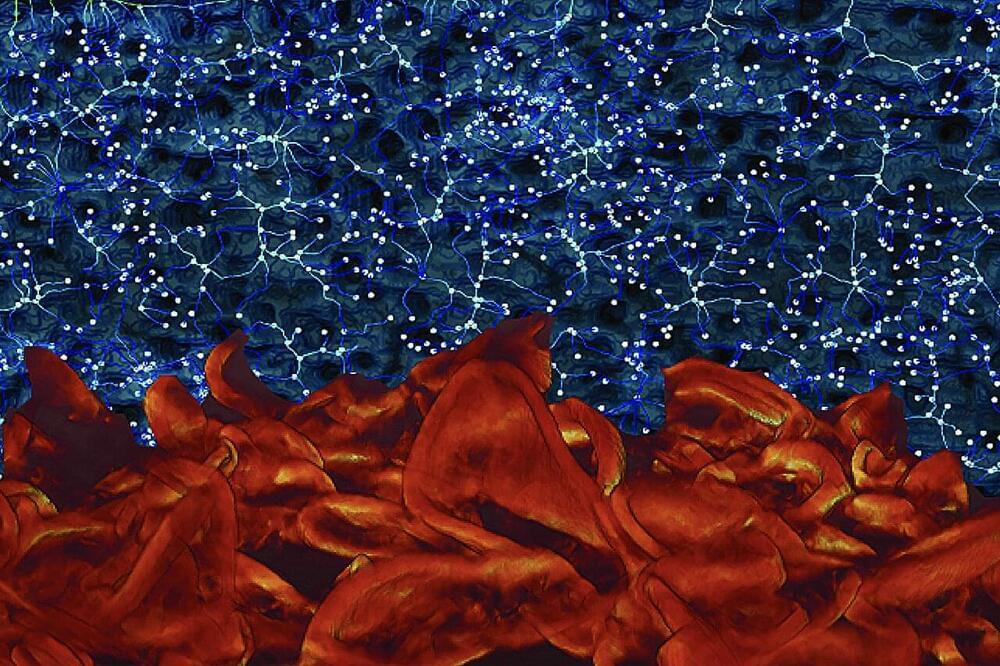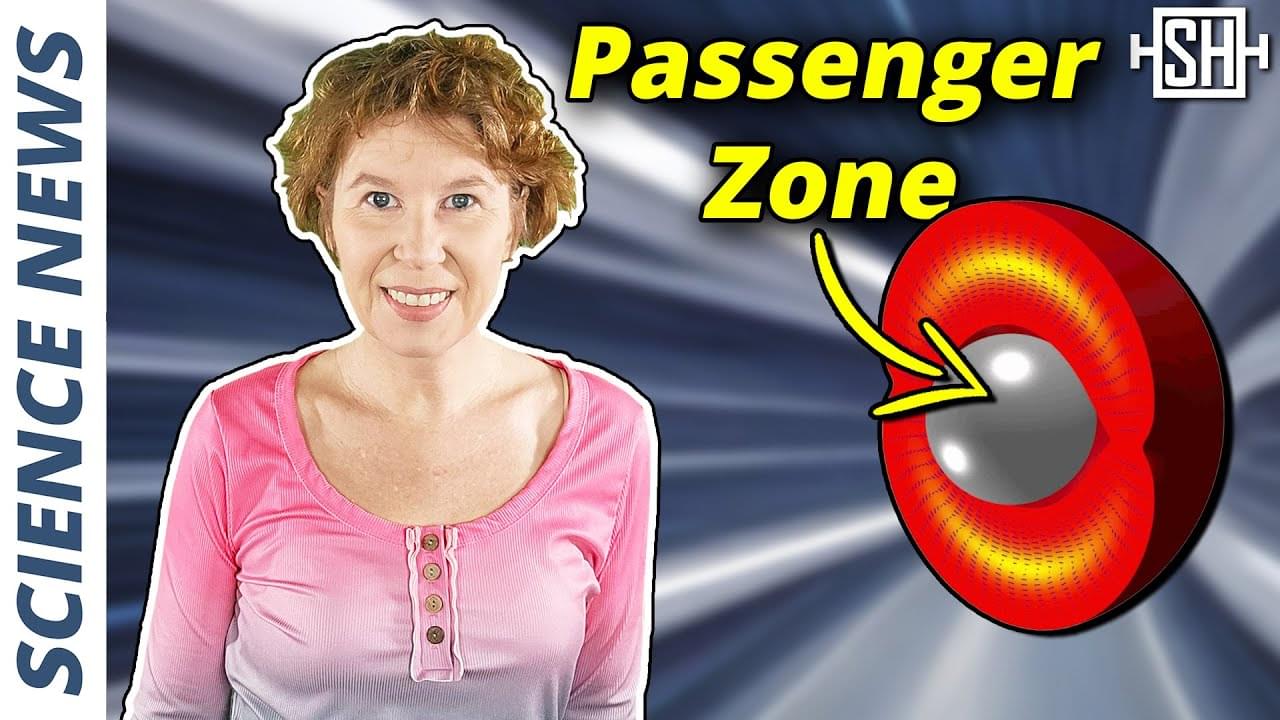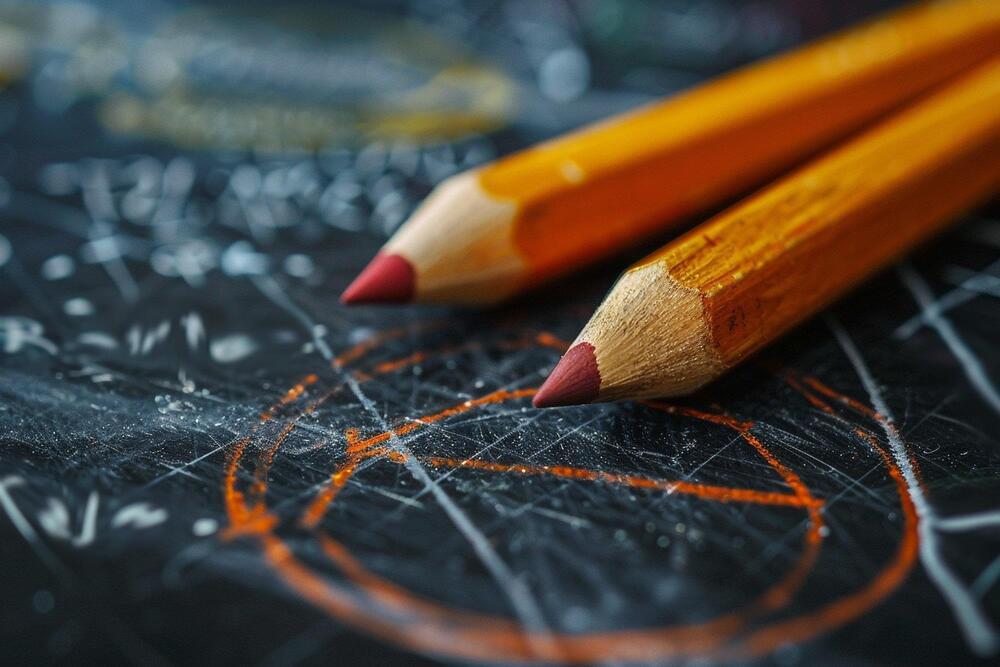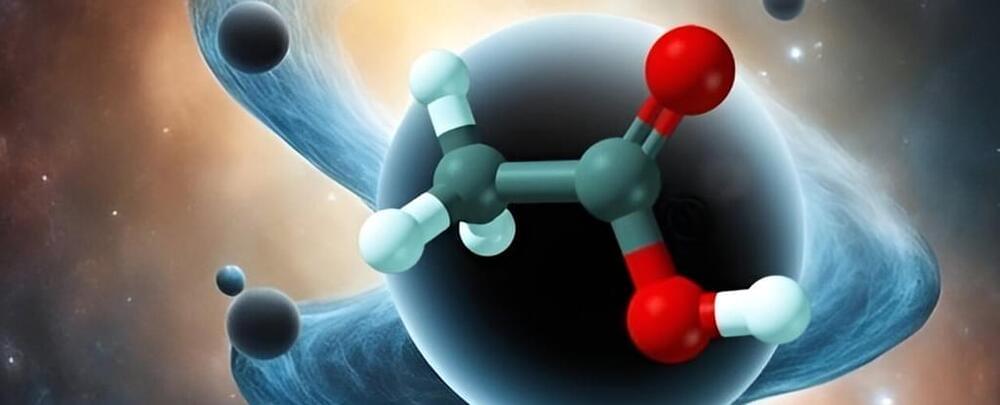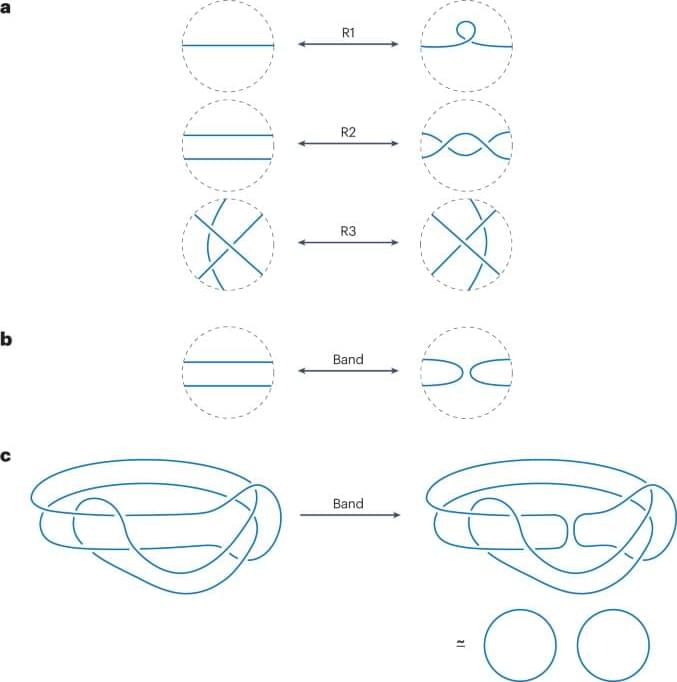Apr 15, 2024
AI now beats humans at basic tasks — new benchmarks are needed, says major report
Posted by Dan Kummer in categories: mathematics, robotics/AI
Artificial intelligence (AI) systems, such as the chatbot ChatGPT, have become so advanced that they now very nearly match or exceed human performance in tasks including reading comprehension, image classification and competition-level mathematics, according to a new report (see ‘Speedy advances’). Rapid progress in the development of these systems also means that many common benchmarks and tests for assessing them are quickly becoming obsolete.
These are just a few of the top-line findings from the Artificial Intelligence Index Report 2024, which was published on 15 April by the Institute for Human-Centered Artificial Intelligence at Stanford University in California. The report charts the meteoric progress in machine-learning systems over the past decade.
In particular, the report says, new ways of assessing AI — for example, evaluating their performance on complex tasks, such as abstraction and reasoning — are more and more necessary. “A decade ago, benchmarks would serve the community for 5–10 years” whereas now they often become irrelevant in just a few years, says Nestor Maslej, a social scientist at Stanford and editor-in-chief of the AI Index. “The pace of gain has been startlingly rapid.”

